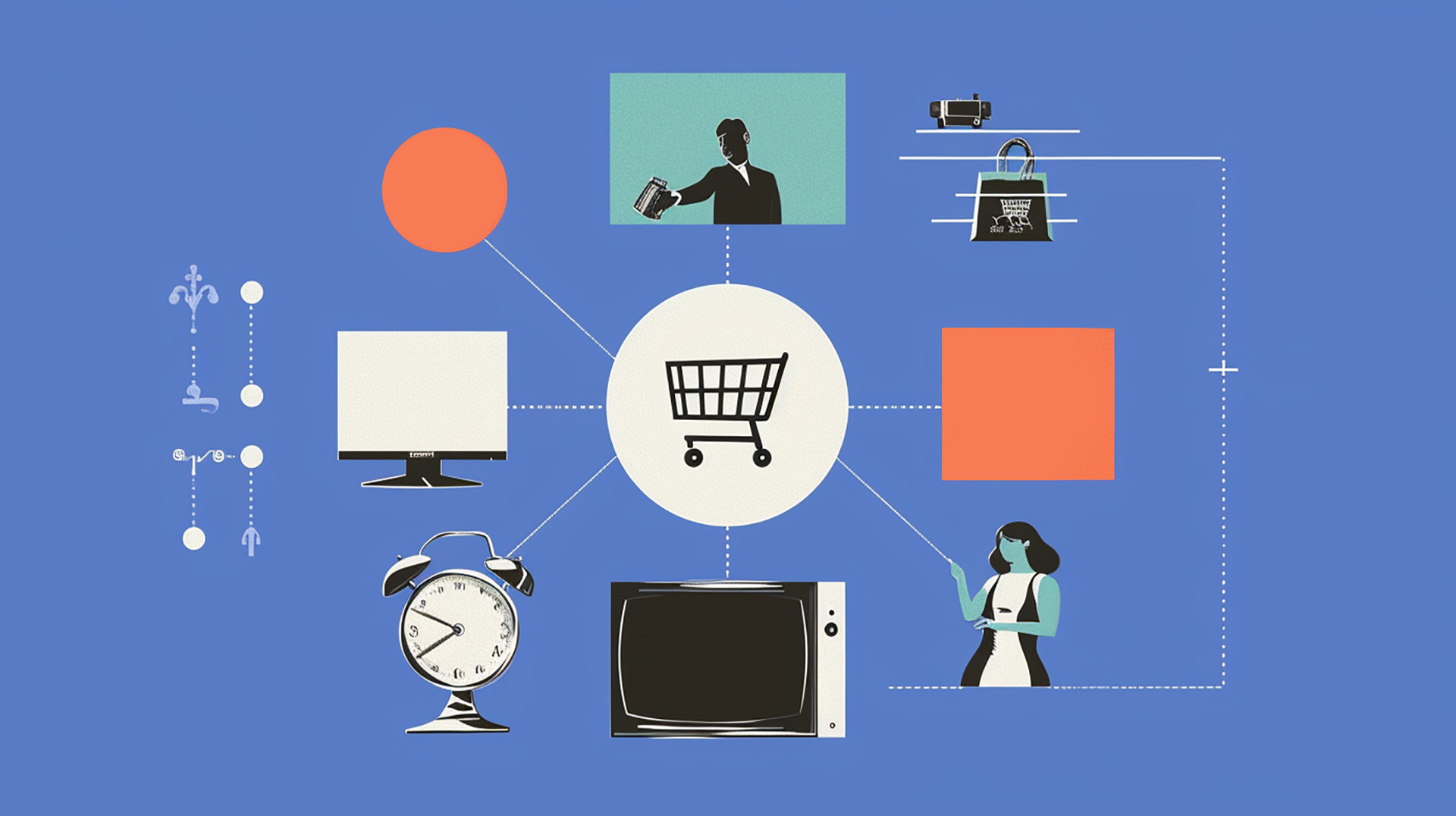2024, the year of shoppable television and consolidation?

Subscribe to NCS for the latest news, project case studies and product announcements in broadcast technology, creative design and engineering delivered to your inbox.
As the broadcast industry begins 2024, it faces a transformative landscape marked by technological innovation, evolving viewer habits and significant industry consolidation.
For broadcasters, 2024 may prove a pivotal year between major elections and world events — and the unseen that lies just below the surface, threatening to rupture the status quo.
Shoppable ads
One trend to watch is the rise of shoppable ads that convert passive viewers into active shoppers. Dynamic ad formats let audiences click on products within videos or image ads and complete purchases without leaving the content. Broadcasters and advertisers are leveraging tech like NBCUniversal Checkout (and recently One Platform Total Audience) and Roku’s Shopify partnership to deliver frictionless in-content shopping.
Meanwhile, cross-platform interactive advertising is getting a boost from technology like the IAB’s SIMID, which enables ads to sync across devices and respond to user engagement.
But fragmentation persists; interactivity requires integration across publishers, platforms, and vendors. And shoppable ads mark a behavioral shift as viewers embrace transactional video. Broadcasters must strategize to flourish in the midst of a disruptive trend where entertainment and shopping converge.
AI: Generative content, predictive planning
Generative AI marks another pivotal disruption.
AI is expected to play a significant role in content customization and optimization, but regulatory concerns loom large. While AI-produced content reduces costs and human bias, preserving authenticity remains paramount.
Beyond content, generative AI propels predictive analytics that empower broadcasters and help to improve their media supply chain.
Broadcasters must harness AI judiciously, maximizing its potential while ensuring transparency and humanity. With AI infiltrating the creative process, its ethical deployment will separate leaders from laggards.
Ad-supported streaming
Consumer preference for ad-supported streaming also marks a notable trend. Traditionally, premium subscribers shunned ads, but economic pressures are changing attitudes. Max, Disney+ and even Netflix have debuted ad-supported tiers. Broadcasters must adapt programming and ad formats to this shifting OTT landscape.
Critical challenges remain. Frequency caps for binge viewers and effective ad placement within variable content lengths require innovation. And streaming’s data troves must be activated through advanced targeting and analytics. If broadcasters fail to evolve amidst this rise of ad-supported television, they risk losing audiences and advertisers to digital natives.
Consolidation reshapes the competitive map
Industry consolidation was constant over the past decade, but 2024 may usher in measured, strategic tie-ups or maybe more mega-mergers.
This consolidation wave is driven by the desire to amass content, scale direct-to-consumer (DTC) platforms and improve competitive positioning against digital-native giants. However, challenges such as regulatory hurdles and market conditions might slow the process.
Media leaders will need to navigate these challenges carefully, balancing consolidation opportunities with the need for innovation and audience engagement.
Broadcasting’s digital-first future
Broadcasters are increasingly exploring cloud production and digital distribution models in anticipation of a future where all channels are distributed online.
With the IP groundwork laid and a plethora of cloud production systems available, broadcasters are able to experiment and develop new workflows that were never before possible with a more integrated media supply chain.
This allows an expansion of coverage in some cases (such as around major sporting events and elections) but potentially a reduction in staff in others, as these new digital-first production methods require less staffing.
Understanding viewers’ diverse preferences
Finally, broadcasters must stay relentless regarding audience insights and preferences. Younger generations expect representation, snub English-only content and consume across platforms. Meeting these expectations is critical, even as formats and distribution models evolve.
Broadcasting’s future may appear defined by mergers, streaming, and AI. But understanding diverse viewer needs across groups, languages, and ages remains core to engagement. Only by serving people first, not financial engineering, can the industry regain trust.
Prioritizing inclusion, sustainability and transparency alongside innovation is broadcasting’s path to continued value amidst transformation. In the coming months we will examine these trends deeper with a variety of opinions and thoughts on how broadcasters can adapt and harness them.
Subscribe to NCS for the latest news, project case studies and product announcements in broadcast technology, creative design and engineering delivered to your inbox.






tags
Advertising, Artificial Intelligence, Broadcast Monetization, Free Ad-Supported Streaming Television (FAST), Shoppable Television
categories
Broadcast Industry News, Featured, Thought Leadership, Voices